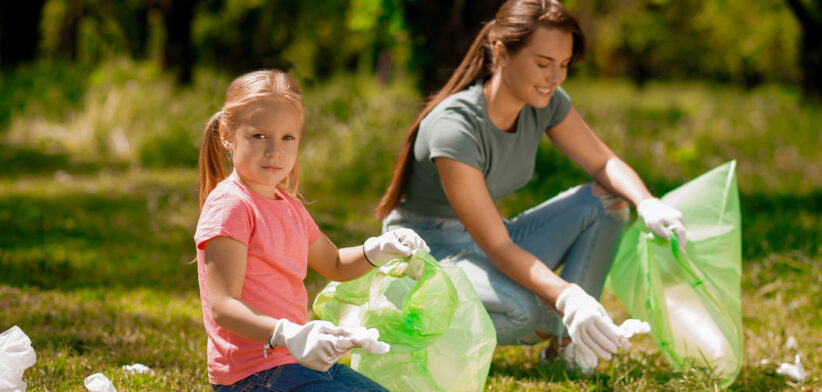A new technique has been developed to “vaporise” plastics and use the resulting hydrocarbon to create new products.
A team at the University of California-Berkeley said the process worked well with polyethylene and polypropylene.
“The process, if scaled up, could help bring about a circular economy for many throwaway plastics, with the plastic waste converted back into the monomers used to make polymers,” the research report said.
“(This would reduce) the fossil fuels used to make new plastics.”
Polyethylene and polypropylene plastics constitute about two-thirds of post-consumer plastic waste worldwide.
About 80 percent ends up in landfill, is incinerated or littered, often ending up as microplastics in streams and the ocean.
The researchers said clear plastic water bottles made of polyethylene tetraphthalate (PET) were designed in the 1980s to be recycled this way.
However, the volume of polyester plastics was “minuscule” compared to that of polyethylene and polypropylene plastics.
“We have an enormous amount of polyethylene and polypropylene in everyday objects, from lunch bags to laundry soap bottles to milk jugs – so much of what’s around us is made of these polyolefins,” UC Berkeley Professor of Chemistry John Hartwig said.
“What we can now do, in principle, is take those objects and bring them back to the starting monomer by chemical reactions we’ve devised that cleave the typically stable carbon-carbon bonds.
“By doing so, we’ve come closer than anyone to give the same kind of circularity to polyethylene and polypropylene that you have for polyesters in water bottles.”
Two years ago, the UC Berkeley developed a process to break down polyethylene plastic bags into the monomer propylene that could then be reused to make polypropylene plastics.
This process had some limitations because the outputs were hard to recover in active form. The new process addresses many of these limitations.
Professor Hartwig said it could be argued that polyethylene and polypropylene should be eliminated in favour of only “circular” materials.
“But the world’s not going to do that for decades and decades,” he said.
“Polyolefins are cheap, and they have good properties, so everybody uses them. People say if we could figure out a way to make them circular, it would be a big deal, and that’s what we’ve done. One can begin to imagine a commercial plant that would do this.”
The full report is on the University of California Berkeley website.








